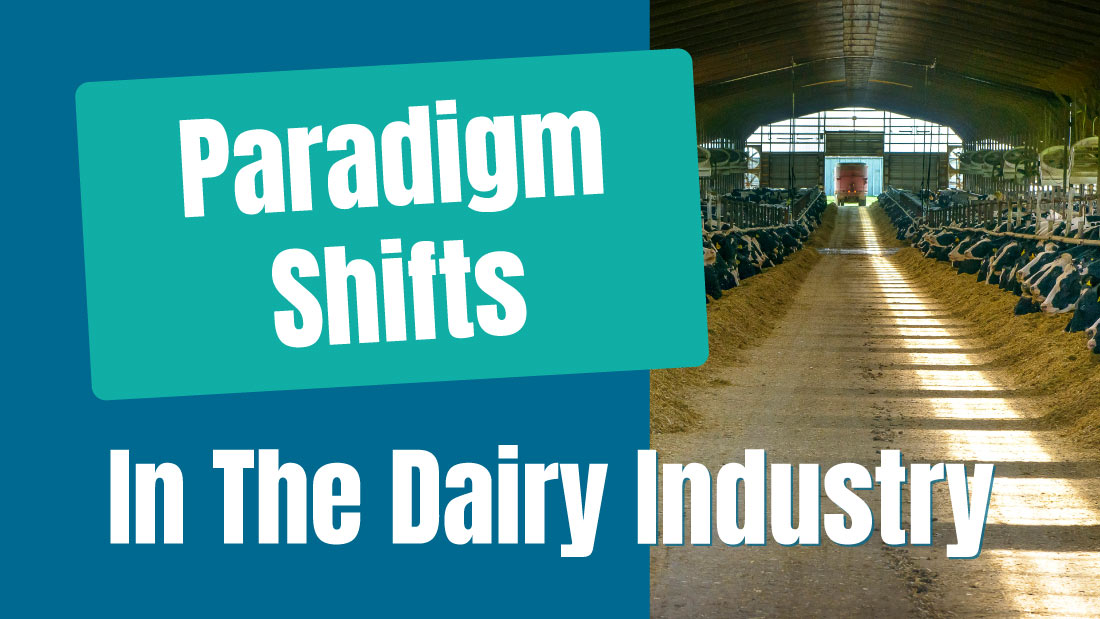As I sat and watched my tractor tire go flat (I actually had a spring from the swather puncture it)... I had an epiphany of what thoughts in the dairy industry have had the air go out of them. In business terms, this is called a paradigm shift.
Paradigm Shift One
You don't need history, that's like driving while looking through the rear-view mirror!
Never has it been more important to record and look at treatment history.
- For antibiotic treatments, it is a federal requirement. Which cow, which drug, the person doing the treatment, the amount, and the route.
- Even more important than the requirements—case history and success are critical to the knowledge of what is working and what isn’t.
(History also tells you what person or persons need the training.)
I highly recommend using industry software to help. DHI-Plus does a nice job of tying treatment protocols to the diagnosis helping you understand what pen, what group, and what success you are having with your treatments.
Paradigm Shift Two
All you need to know is your 21-day pregnancy rate.
First and foremost, 21 days is just three weeks of time. It is not and never has been the estrus cycle of a cow.
- What the rate tells you is how fast you are getting animals pregnant.
- What it does not tell you is how efficient the process is. This is like getting in your car going 60 miles/hour in first gear. You can do it... but not for long.
Adding information on services/conception, breeding information by technician, days of the week when breeding is occurring, and other relevant information is critical.
Paradigm Shift Three
Treating the DHI hot sheet
What we have to remember is that somatic cell count includes all cell types—not only the white blood cells and bacteria—but, somatic cells that line the interior of the udder.
What you want to do with somatic cell counts is to look for large changes... and what is happening over time.
Paradigm Shift Four
To decrease your calving interval, you lower your voluntary waiting period.
This only works if you have cows that are in a positive energy balance early and are cycling.
Again, it is about efficiency.
“Can I wait and have the cow’s cycle once or twice before breeding and get more pregnant?”
The answer is yes. Your service per conception goes down.
Paradigm Shift Five
You have an equal chance of getting a cow pregnant on any days-in-milk.
This works with large numbers of cows over multiple farms. However, on a single dairy, all of us have had reproductive culls that are bred numerous times.
Their chances of success are lower the more times they are bred.
The Importance of Tracking
What caused all of these paradigm shifts?
It comes back to one thing... taking the time to record the things you do on the farm—including treatments and cow-related events.
When you compare these recorded events to your protocols, you will begin to see the difference between your perceptions and reality.


